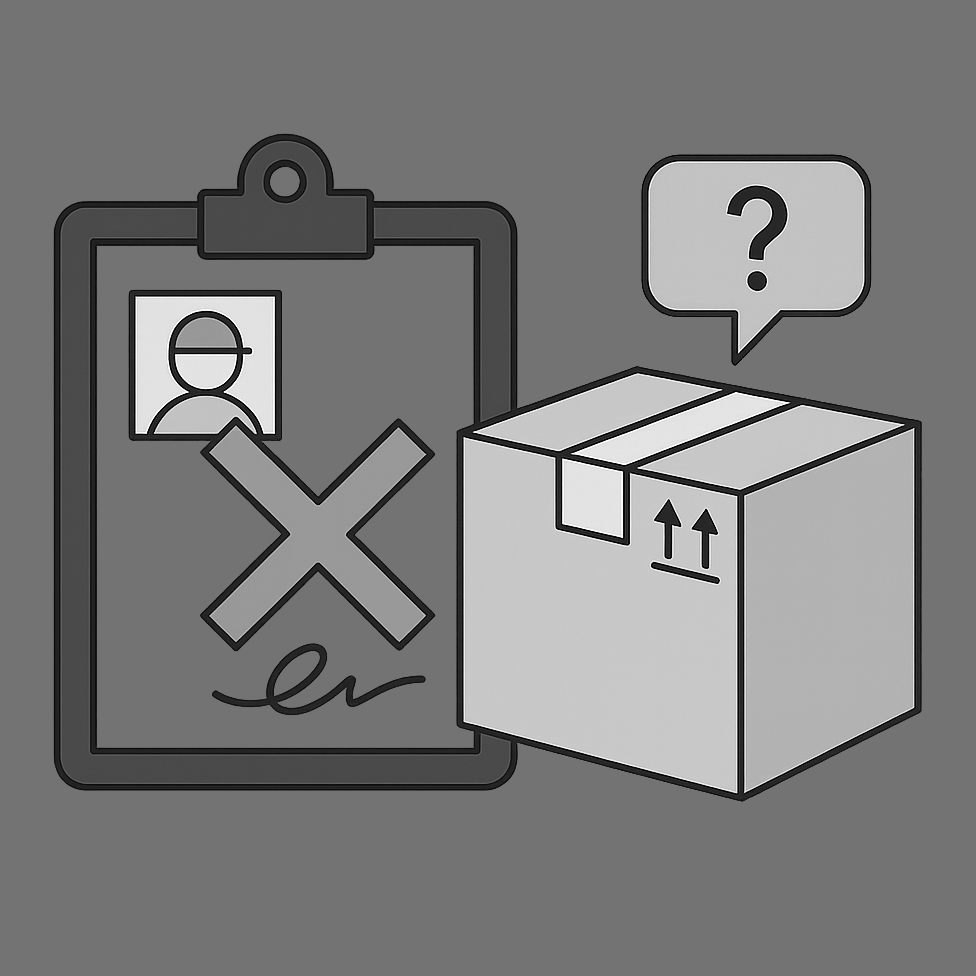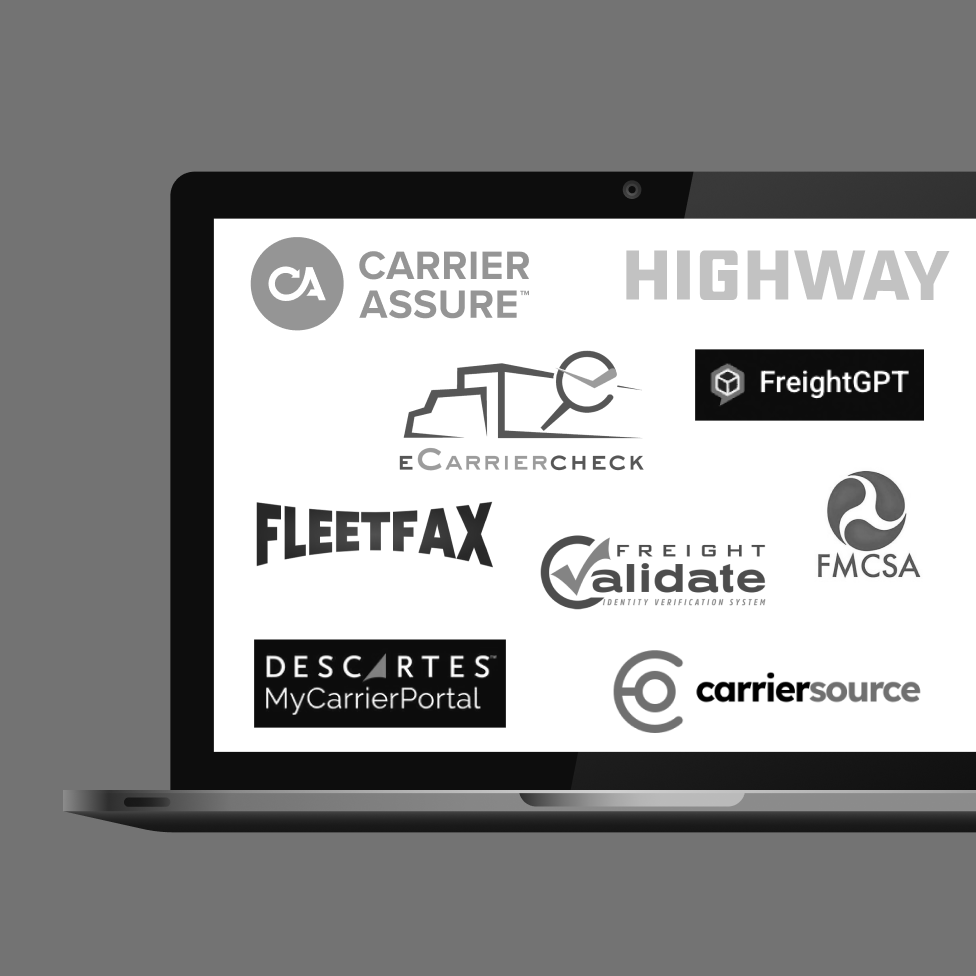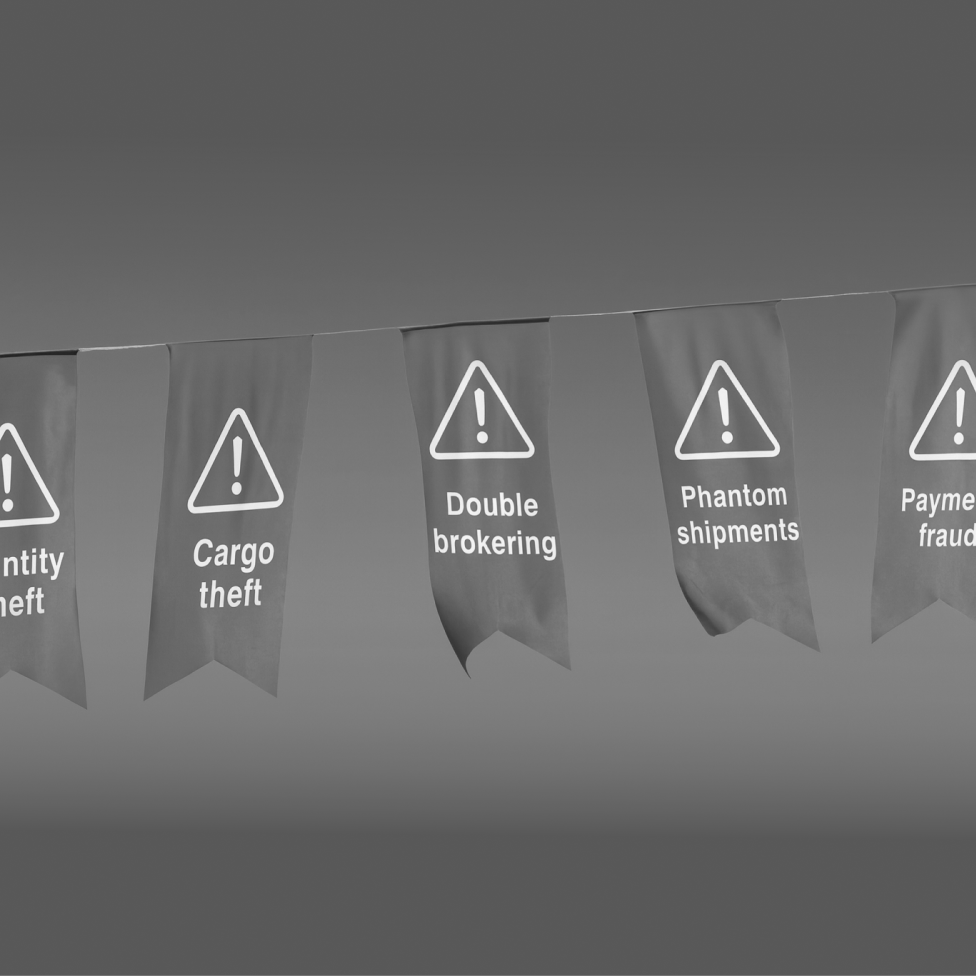Software has become an essential piece of every freight brokerage. In many businesses, software and technology has become integrated into almost every piece of the shipping process: pricing loads for customers, vetting carriers, identifying routes, coordinating with your team, managing documents, accounting, payments, and more.
With a greater and greater dependence on software, more brokers are getting bogged down in tech overload. Sometimes brokers are using software to automate tasks that shouldn’t be, or using it as a patchwork fix for underlying organizational issues. Others may find that they have too many systems and apps, some with overlapping functionality, and aren't sure which are essential and which can be ditched.
In this software deep dive we’ll explore the most essential pieces of freight broker software, what it should be used for (and which pieces of tech can be skipped), how some essential pieces of software can rapidly improve your brokerage’s revenue and profitability, and more. We’ll also review some of our favorite providers for today’s modern SmartBroker, so you know exactly where to go for the latest and greatest in freight tech.

Do you know how many softwares your team uses? This guide will walk you through all the steps to audit and implement your freight technology stack stress-free.
What is Freight Broker Software?

Freight broker software, also known as freight technology or freight tech, comprises a diverse array of tools aimed at streamlining operations for brokers and their teams. From conventional spreadsheets to sophisticated platforms like Oracle, these solutions collectively form the foundation of managing freight logistics.
Despite the prevalence of spreadsheet-based brokerages, the inherent limitations of manual methods underscore the necessity for more advanced software solutions. The global freight software market is projected to reach $7,835.62 million by 2028, reflecting the widespread adoption of technology-driven approaches within the industry.
In this article, we delve into the essential tools utilized by freight brokers, collectively referred to as freight software. These tools facilitate a range of daily tasks, including locating, scheduling, and monitoring freight shipments, managing payments and accounting, generating load quotes, organizing and archiving vital documents, and more. By exploring these software solutions, we aim to highlight their pivotal role in optimizing operational workflows and driving business success. When all these software solutions are combined within a brokerage or fleet, they constitute the freight tech stack, essential for modern freight management.
What are the Benefits of Freight Software?
Freight software is often designed specifically to make the jobs of brokers, shippers, and carriers easier. A well-integrated tech stack will help save your team countless hours of manual data entry and document retrieval, reduce costly mistakes, process payments to and from customers and clients easier and faster, and a whole lot more. They can give new insights into the data and analytics of your business, help brokers and their teams track loads and route carriers, and make sure freight is delivered on time, safely, and efficiently.
Freight broker software platforms also often enable brokers to scale faster, without necessarily needing to add more staff. In some cases, software can speed up existing processes by 75% or more, allowing you to get more done with your existing resources. There are also less tangible benefits to integrating technology into your brokerage, such as improved relationships with carriers and customers, reduced stress and anxiety about missed payments or late shipments, and just generally making your business easier to run.

While software systems for freight brokers can be incredibly useful, providing new insights, improving efficiency, and increasing profitability, it isn’t a magic bullet.
These software systems must be integrated with your existing business, systems, and staff to be effective. The best software for freight brokers won’t improve your business if your existing processes are disorganized, chaotic, or non-existent. Software also won’t create systems or processes that don’t exist - if your team doesn’t have a carrier onboarding process or capacity management system, adding software to aid those processes won’t make them appear from nothing.
Freight software helps brokers move faster, build bigger businesses, and enable efficient processes. These tools will help accelerate your growth and improve your profitability, but only if they’re implemented, used consistently, and integrated into your existing business processes and systems.
Overview of the Ideal Freight Technology Stack
There are a myriad of options when it comes to software that brokers can use to help their business grow, but are you using the most effective ones for your brokerage? Below we’ve compiled the essential tech that helps brokers in mission-critical areas of their business: shipper sales, carrier sales, and operations.
These are core aspects of every broker’s business, and we’ve identified the most essential pieces of software and technology to aid each one. You may have other tools that aid or assist in other systems or processes, but we consider these to be the most important software tools for freight brokers.
Some products on the market also serve multiple purposes, so don’t fret if your TMS also has a load board functionality or quoting system - these pieces of software can all be integrated into one cohesive system.
We believe every broker should have a piece of software that assists them in the following areas:
- TMS (Transportation Management System)
- Accounting Software
- Carrier Onboarding and Safety Compliance
- Capacity Management
- Pricing
- Load Boards
- Load Tracking
- Factoring
.png)
With these essential pieces of software integrated into your brokerage, you’ll be well-positioned to acquire new customers, build your business, and provide better service than your competitors. These tools and systems give small businesses a competitive advantage, letting them punch above their weight class and compete with larger brokers who would otherwise leave them in the dust.
If your brokerage is missing one of these pieces, you may find yourself bogged down in paperwork and manual data entry, or stuck in the past with inefficient ways of finding new loads, paying carriers, and more. These pieces of freight software provide a true competitive advantage to brokers everywhere, and without them, you may find yourself losing customers and carriers to more tech-enabled brokerages.
With that said, let's dive into the details of each kind of freight brokerage software, where we’ll outline the use cases, benefits, best practices, and our picks for the best options out there.
TMS (Transportation Management System)
The TMS (Transportation Management System) is an essential piece of every modern broker’s tech stack. These software applications help brokers plan, create, manage, and analyze jobs through improved visibility into day-to-day operations and documentation management.

TMSs can also provide compliance information and documentation, tracking information, and other information that helps brokers ensure loads are delivered on time and efficiently.
Why do freight brokers need a Transportation Management System (TMS) and how are they used?
Your TMS is like the brain of your brokerage. It’s where most of the essential information for managing and coordinating loads lives, such as load and route planning, carrier management, document auditing, and more.
A freight broker’s TMS provides essential information and insights into shipment details, provides organizational systems for documentation, aids with planning and scheduling shipments, and helps automate tasks that were previously manual and error-prone.
With additional integrations, a freight broker can use their TMS for almost every step of the shipping process. When planning a shipment, the TMS is used to help identify the best carrier (or carriers in multi-leg routes), and help optimize costs. Once the load has been shipped, a TMS provides brokers tools to aid in communicating with carriers, tracking shipments, and making payments. It’s also frequently used as an all-in-one place to store and organize documents such as proof of delivery, invoices, and more.
Many TMSs’ also provide ways for your brokerage to track performance with reports, dashboards, and analytics tools which can give you new insights into areas for improvement in your brokerage.
What are the benefits and advantages of a TMS for freight brokers?
The TMS takes the brunt of the record-keeping and organizational tasks required in a brokerage and simplifies them into one easy-to-use system. Some of the biggest benefits of a TMS include:
- Significant time savings and improved efficiency for your brokerage and staff by giving you access to most needed information and documentation in one place.
- The TMS simplifies the process for managing, shipping, and tracking loads, and enables more staff to perform these day-to-day activities.
- Reduced costs for both your brokerage and customers, leading to improved profitability.
- New insights into routes, carriers, and real-time tracking leads to better and faster decision-making.
- Improved organization and document management systems for your brokerage and team, cutting down on time spent searching for one document or another.
- Additional business insights and intelligence, which can improve the speed at which you improve your brokerage’s systems and processes.
- Improved customer service and happiness with the ability to provide real-time updates, reduce delays, and provide customers with additional insights in the event of a delay or error.
When implementing a TMS into their business, most brokers see a significant increase in their efficiency and profitability. It’s no wonder that upwards of 68% of brokers use a TMS in their business.
What are the best transportation management systems for freight brokers?
There are many options out there for transportation management systems, and most brokers already have one they’re used to and have all their business information stored in. If you already have a system you’re happy with, then it may not be worth the effort and expense to switch. However, if your TMS doesn’t provide some of the features and benefits described above or if you haven’t implemented one into your business, it might be time to start looking.
Some of our top TMS recommendations include: Turvo, Tai TMS, EKA, and Quote Factory.
When picking a TMS, or when choosing a new provider for some of the other technologies below, be sure that they integrate with each other. Ensuring your essential pieces of software integrate with your TMS is a critical piece of getting insights into your business operations in one place. If your other pieces of software don’t integrate with your TMS, you may find yourself scattered between several apps wasting valuable time looking for one piece of information or another.
Accounting Software
Accounting software is up there with one of the most important pieces of software in your business. For freight brokers, accounting software provides a seamless way to create invoices, manage and pay bills, run payroll, automate your finances, and more. These pieces of technology have replaced many day-to-day accounting tasks that used to be done manually, leading to improved cost savings, accuracy, and efficiency.
Why do freight brokers need accounting software?
I doubt we need to convince you of this point, but accounting software is a critical part of almost every modern business. Remember the “good” old days of recording income and costs in ledgers and running payroll?
With modern accounting software, every one of those tasks and more are nearly or entirely automated, leading to an immense amount of time savings, error reduction, and improved efficiency.
Without accounting software, brokers (and most other small businesses) are prone to slow accounting processes and disorganized books. They also face significantly increased risks of errors through manual data entry, and have more complicated and time-consuming reporting for taxes, general bookkeeping, and more. Accounting software doesn’t solve every accounting problem, but it makes your everyday bookkeeping significantly easier and faster.
What should my accounting software do for my freight brokerage?
There are a plethora of options when it comes to accounting software. When choosing accounting software for your freight brokerage, we recommend looking for the following core tools and features:
- Tax compliance tools that automatically calculate tax based on local laws and regulations, and based on your location and the location of your customers.
- Integrations with other essential software or services such as your TMS and factoring company.
- Payroll tools to help automate your payroll and decrease accounting costs.
What are the best accounting software tools for freight brokers?
Similar to a TMS, most brokers probably already have accounting software they use regularly, but you may have some of the features above split between several different tools - such as one software for taxes, and another for payroll.
If you’re able, we recommend finding one tool that can provide you with all of these features in one place. Your accounting software should also integrate with your factoring company’s software to provide seamless insights into your finances.
Some of our top accounting tool recommendations for brokers include: Quickbooks and Xero.
Carrier Onboarding & Safety Compliance
Most brokers will need to onboard new carriers frequently, which can often be a massive pain for both the broker and the carrier without software tools to enable the process. Most carriers are unwilling or unable to print, sign, and fax back contracts and compliance documents to onboard with a new broker.
Carrier onboarding and safety compliance software make it easy for carriers to upload documents such as contracts, insurance coverage, and qualifications, plus aid brokers in verifying safety records and more. This makes onboarding and safety compliance software essential for the modern SmartBroker.
Why should brokers use carrier onboarding and safety compliance software? What does it do?
Carrier onboarding software and safety compliance software are generally provided together, and they help brokers ensure that the carriers they’re working with are reputable, safe, and insured.
The software will typically include a kind of background check specific to freight carriers, which ensures the person or company you’re onboarding is who they say they are, have the equipment they claim, are insured, credentialed, and have a solid safety record. These tools also often enable the upload of essential documents such as contracts through the carrier's computer or mobile device.
Brokers who don’t use safety compliance and onboarding tech can end up working with less reputable carriers, or face spending many hours vetting carriers and filling out paperwork.
Why are carrier onboarding and safety compliance software important for brokers?
These pieces of software are designed to help freight brokers comply with most regulations, such as those from the Federal Motor Carrier Safety Administration (FMCSA) or the Department of Transportation (DOT).
Most of this software has automatic compliance checks for brokers, ensuring they have up-to-date insurance coverage, meet all safety compliance standards, and have appropriate certifications and qualifications for the types of loads you’re trying to move. They often also include compliance dashboards for brokers to see the compliance status of various carriers in their network.
Some also provide in-app training and software audits for drivers, which can allow drivers to complete necessary training remotely so you know they’re up to your standards. They also verify your carrier’s identity and allow easy upload of contracts and other onboarding documents your brokerage needs, making onboarding easier and faster for both carriers and your team.
What are the best carrier onboarding and safety compliance software tools for freight brokers?
There are several options for carrier onboarding, safety compliance, and carrier vetting. Some of our recommendations include MyCarrierPortal, Highway, RMIS, and Carrier Assure.
Capacity Management
Capacity management software for freight brokers is all about optimizing your operations and making the most of your existing resources. It enables freight brokers to identify and book carriers with the most efficient loads just when they’re needed. This enables brokers to scale their capacity and bandwidth, maximize their output, and grow their business faster.
What does capacity management software do?
Capacity management tools empower freight brokers to optimize the utilization of their carrier network. In essence, these tools facilitate the prioritization and recommendation of carriers that enhance brokerage performance.
In some cases, these tools even automate carrier outreach and freight booking to ensure the right loads are put in front of the right carriers at just the right time. As a broker, you’re able to select preferred carriers and improve carrier reuse by tracking carrier preferences and building stronger relationships with them.
Why should freight brokers use capacity management software?
Capacity management software helps brokers match the best carriers to the loads they have available. This alone can help save your team hours every week that could be better spent finding new customers or booking new loads.
Improved efficiency is just one piece of the puzzle though, because capacity management tools can also improve your relationships with carriers, helping freight brokers build a reliable network of carriers they know they can depend on. With capacity management software for freight brokers, you’re able to track carrier preferences and needs, match loads with the best carriers for the job.
Using these tools to their fullest capacity can help brokers improve efficiency, simplify their booking process, reduce costs, and gain new business by adding more capacity through under-used resources.
What are some of the best capacity management tools for freight brokers?
The idea of capacity management has been around for years, but only recently has software come onto the market that truly automates and simplifies the capacity management process.
Some of our top recommendations for capacity management software include: Parade, FreightFriend, and e2open.
Pricing
Rate pricing and quoting systems are essential tools for brokers who may not be fully aware of their capabilities. These systems enable brokers to stay informed about the market and price every lane competitively. By using pricing systems, brokers can manage customer expectations effectively and maintain strong relationships with carriers, confident that their rates are both competitive and fair.
What do brokers use rate pricing and quoting systems for?
A rate pricing and quoting system for freight brokers allows brokers to easily calculate competitive rates and pass along as quotes to customers.
In many cases, these tools automate this process with built-in calculators and quote generation software that factor in variables such as delivery time, shipment size, and distance required. These tools automate much of the quoting process and improve brokers' speed and accuracy when providing quotes to customers.
Many of these systems also provide brokers with real-time data and analytics to aid in decision making. This can enable brokers to offer more competitive rates, and create quotes for customers faster than their competitors. This in turn improves their efficiency, likelihood of winning a customer, and customer satisfaction.
These tools also often integrate with your TMS, CRM, load boards, and more - further increasing the efficiency of your brokerage by putting all of this data in one place.
Why should freight brokers use a rate pricing and quoting system?
If your brokerage is still using manual processes to get rates from carriers and provide quotes to customers, you’re probably losing business to brokers who have automated the process with these tools. That alone might be reason enough to implement a rate pricing and quoting system, but there are a few other advantages.
These pricing tools for freight brokers also improve your operational efficiency and scalability significantly. Instead of manually reaching out to carriers for rate estimates, monitoring market trends and prices, manually entering data such as distance and sizes, and more - these tools automate the majority of the process.
Most rate quoting systems also enable brokers to improve their relationships with both carriers and customers through relationship management tools such as price-tracking and customer-specific terms.
What are some of the best rate pricing & quoting systems for freight brokers?
Some examples of best rate pricing and quoting software for freight brokers include: Greenscreens.ai, CollaboRATE, TabiConnect and CargoChief.
Load Boards
Load boards are an essential resource for most freight brokers - and you’re likely already using one (or more) in your business. Load boards help freight brokers expand their carrier network by posting loads for available carriers to accept.
The best load boards act as full-service tools to help brokers find carriers, build relationships with them, and expand your business. They also provide filtering tools and real-time updates so you can trust the availability of carriers is accurate.
What do load boards do for freight brokers?
Load boards are an easy way for freight brokers to offer their available loads with appropriate carriers. They give brokers the ability to post current loads, search for carriers, and communicate with carriers about specific jobs. Oftentimes they also include features such as load matching, a rating system for carriers, messaging and communication tools, and more.
Why should freight brokers use load boards?
Load boards improve every broker’s ability to find and connect with new carriers. Without them, brokers are stuck using outdated tools or lists or must rely exclusively on their existing carrier network. This might be appropriate for small brokers with a limited number and variety of loads, but the majority of brokers see load boards as a necessity.
They primarily provide increased access to a wide range of carriers who can transport any freight as needed and are frequently updated with new carriers and loads in real time. This can make load boards an essential tool for finding carriers for last-minute shipments without directly reaching out to individual carriers.
Load boards provide more efficient ways to match loads with appropriate carriers through search filters and matching algorithms. This can further improve the profitability and efficiency of every load.
Many load boards also integrate with other aspects of your tech stack, primarily your TMS. This can yet again improve any broker's efficiency, allowing them to view, book, and track loads all in one place.
What are the best load boards for freight brokers?
There are many options available for load boards or DFM (Digital Freight Matching) marketplaces. Some of the most popular options include DAT, Truckstop, and 123 Load Board.
We’ve also created a detailed article on our top picks of load boards for freight brokers here.
Load Tracking
Load tracking software for freight brokers provides consistent, sometimes real-time visibility of the location of shipments. They also provide consistent updates on delivery status, ETA, and any delays that carriers may encounter.
What does tracking visibility software do for freight brokers?
Load tracking software gives brokers new insights into the location and status of every shipment. This software often provides real-time information about a shipment at every stage of its journey, from loading to delivery and everything in between.
Most tracking software for freight brokers provides status updates - which may be updated automatically or by the carrier - including an estimated time of arrival, notifications of delays or issues, and delivery notifications. This gives brokers direct real-time information that helps brokers make decisions faster and more efficiently, all while keeping customers happy and well-informed.
Why should brokers use tracking visibility software?
Every broker needs to know the status of every shipment they make. Without load tracking technology, this task becomes incredibly cumbersome for carriers, brokers, and their staff.
Instead of manually communicating with carriers about their status and location, these tools provide real-time updates automatically. Load tracking automation alone can save brokers and their staff an incredible amount of time that would have been spent answering phones and jotting down notes in spreadsheets.
Load tracking software ensures brokers are able to see the precise location of a shipment and provide proactive communication regarding changes in plan to shippers and receivers. Tracking software eliminates the need to constantly call and check on carriers asking for their status.
This increase in productivity allows brokers to expand their customer base by assigning employees who previously tracked shipments to other revenue-generating activities. You may also notice a significant improvement in customer satisfaction, reputation in the marketplace, and decision-making ability.
What are the best tracking and visibility tools for freight brokers?
Some brokers may find that their TMS or other software already includes tracking visibility features. These may be sufficient for your brokerage, but if not we recommend brokers use either TruckerTools and MacroPoint for load tracking software.
Freight Factoring
Traditionally, freight factoring provides freight brokers with a simple way to access short-term funding by selling uncollected invoices to a factoring company. This helps cover costs between delivering goods and receiving payment. Since invoices are often paid 60-90 days after being sent, factoring offers immediate cash to brokers who need to pay their drivers promptly.
However, today’s tech-enabled factoring companies are offering tools and automation to streamline brokers back-office. Freight factoring platforms help improve cash flow, reduce cumbersome processes, improve documentation, and more.
What do factoring platforms do for freight brokers?
There are a few different names for these tools, but most are referred to as factoring, invoice factoring, load factoring, etc.
Freight factoring platforms help improve cash flow, reduce cumbersome processes, improve documentation, and more. These platforms also provide a wide range of other AP/AR tools for brokers, such as performing credit checks on customers, invoice receipt and verification, auditing invoices, providing QuickPay options for carriers, and more. Many also provide detailed insights into the financial state of your brokerage, giving brokers reporting tools, dashboards, and more that all integrate into their TMS, accounting software, etc.
Why should brokers use a factoring company?
Factoring has become extremely common in the freight & logistics industry. The majority (58%) of brokers use some form of freight factoring in their business, because these platforms enable brokers to expand much more rapidly while maintaining solid cash flow.
The primary reason to use a factoring platform is to improve your cash flow. Brokers who don’t use factoring are often forced to float the difference between their payments to carriers and receiving payments from customers.
This requires large cash reserves or forms of lending that most brokers are not qualified for or are unwilling to use. Factoring helps brokers cover this difference by receiving the vast majority (upwards of 95%) of the value of their invoices immediately, giving them the ability to pay carriers right away, without waiting for customer payments.
In addition to cash flow improvements, factoring platforms also help brokers manage risk by performing thorough credit checks on customers, which helps reduce the risk of non-payment or customer default. Factoring companies also provide automated payment processing and invoicing tools, additional reporting and financial insights, and more. Invoice auditing helps brokers cut down on error-prone processes, all while cutting manual tasks by as much as 75%.
All of these tools combined allow brokers to scale faster with more confidence, all while reducing administrative overhead, improving customer and carrier satisfaction, and reducing risks.
What is the best factoring company for freight brokers?
There are several platforms out there that provide basic factoring services, but many have restrictions, limited tools, or hidden fees. At Denim, we see ourselves as your trusted financial partner, beyond just factoring services. We equip brokers with a comprehensive suite of financial tools including invoice auditing, document collection and verification, factoring, payments, and collections tools, automation, TMS and accounting integrations, and more.
Want to learn more about factoring with Denim? Read our success stories here, or speak with sales here.

Integrations
This wouldn’t be an ultimate guide to freight technology without touching on the subject of software integrations. Each of these pieces of technology is important and will make any freight broker's life easier. Unfortunately, when they stand alone and aren’t integrated with each other, they can often become burdensome on an already busy team.
When picking providers for each tool in your freight tech stack, be sure there is at least some form of integration between that piece of technology and your TMS or other essential applications. Many of these tools may also benefit from integrations with your accounting software, factoring platform, and more. In an ideal world, each piece of software should be integrated across the board, giving insights into your business all in one place, and reducing the likelihood of repeat or redundant information.
.png)
Without integrations, you may find yourself logging in to multiple systems or apps to find one piece of information about a load, or spending far too much time manually entering data into one app or another. With software integrations you can enable your tech stack to send information seamlessly between each other, providing real-time data and insights without logging into multiple systems.
Read more about software integrations for freight brokers here.
Conclusion
Modern freight brokers are required to be tech-enabled if they want to compete in the fast-paced environment of today’s freight industry. These tools give brokers additional insights into the status of their shipments, their business, and their finances.
.png)
With a TMS fully integrated into your load board, capacity management software, factoring platform, and tracking software, you’ll be able to see at a glance the status of every load, find and book new loads, monitor your finances, and more. With modern pricing tools, brokers can almost instantly send and receive quotes for new jobs, and book carriers in minutes instead of hours.
While this technology gives brokers back time, improves their speed, decreases costs, and improves their ability to scale, they can also become cumbersome and inefficient if not used properly. Even the best software won’t help your brokerage if your systems and processes are outdated, inefficient, and scattered. That’s why we generally recommend starting with a few of these systems and ensuring they integrate seamlessly into your existing processes, before adding on additional layers of your tech stack.
Once your systems are up to date and you’ve integrated all this software, you’ll find your brokerage is more efficient, sustainable, and most importantly more profitable than ever!
Denim’s automated solutions streamline your back-office operations. Explore our solutions to see how Denim can help your business scale efficiently.
There's a better way

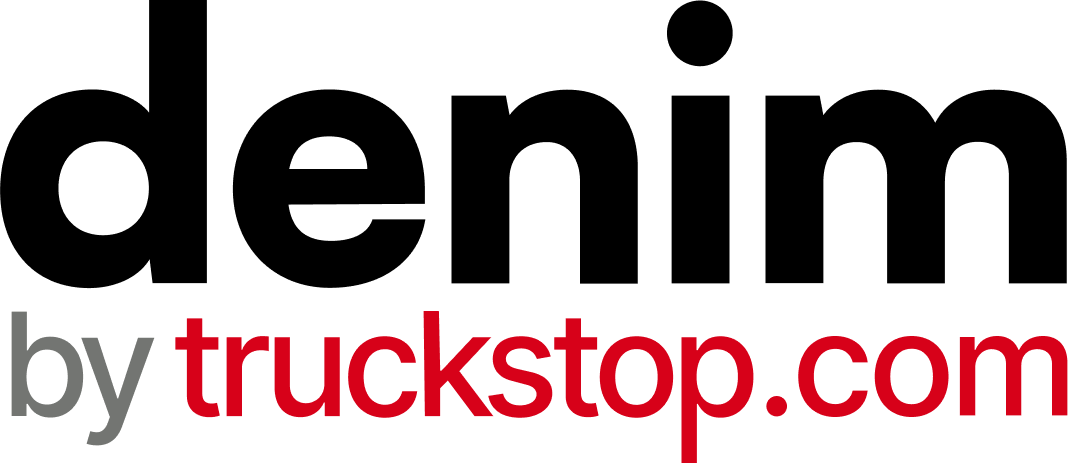
.png)

